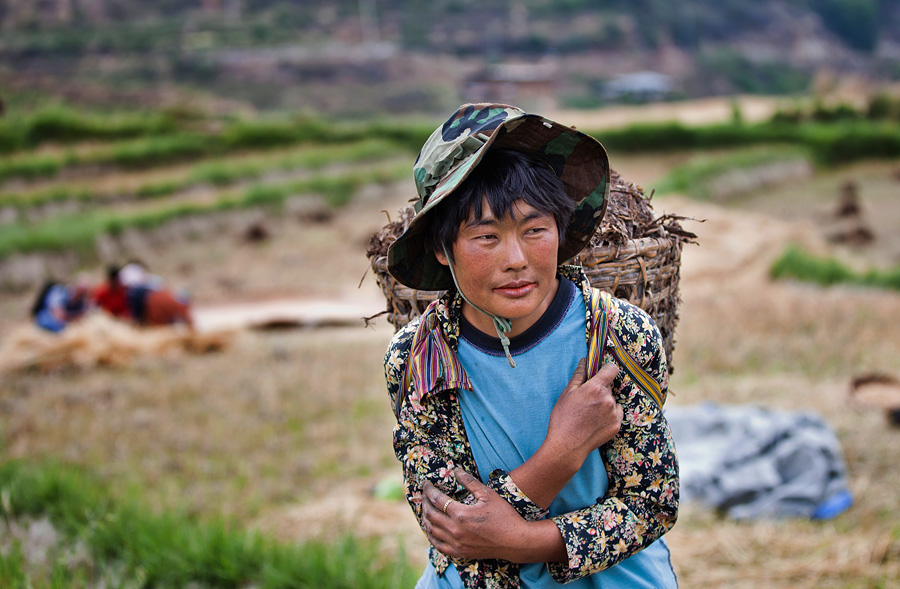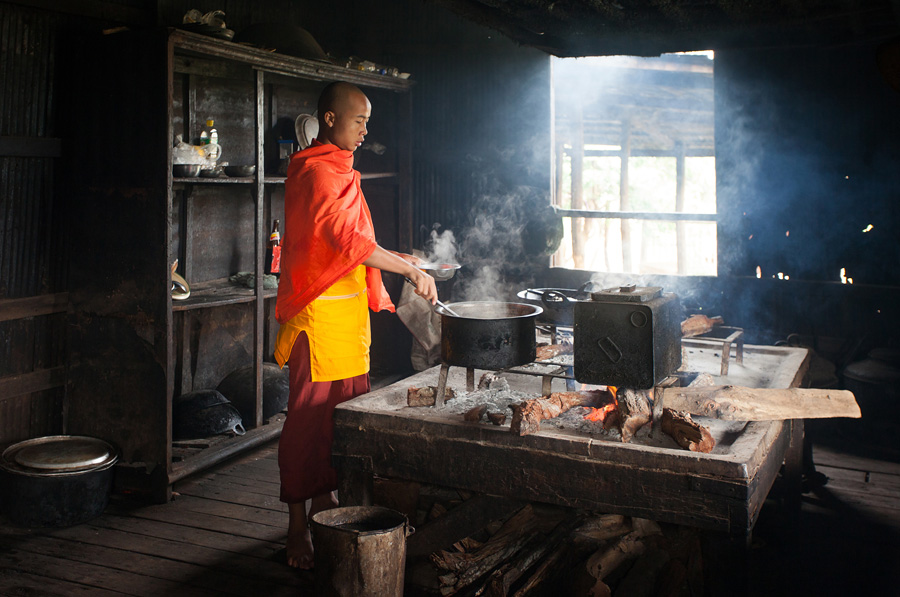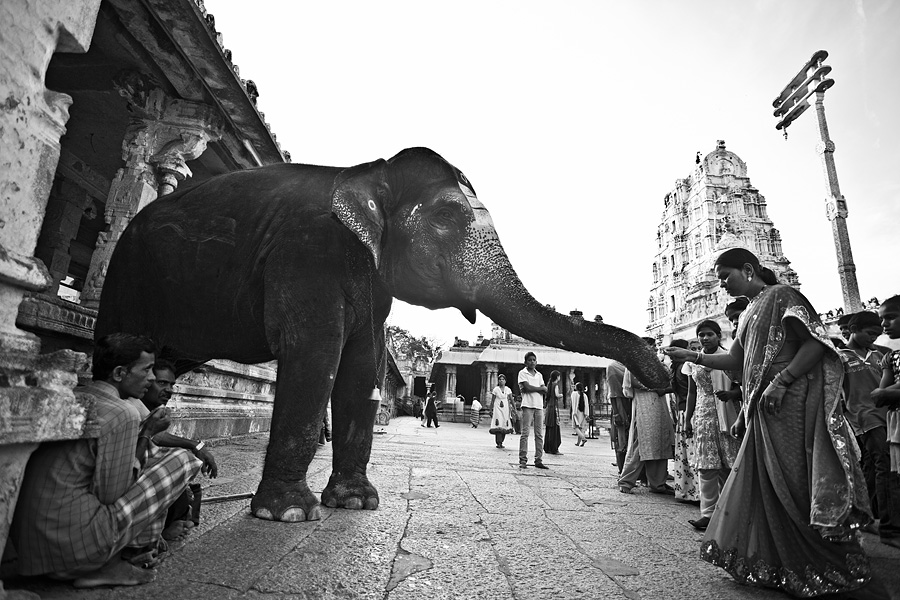I was in Bhutan last month photographing its cultural heritage and the lives of its people. During the fourth day of my week-long trip, I had a chance to visit a small village surrounded by paddy fields in a wide mountain valley. Walking through the fields and enjoying the salubrious mountain weather, I struck conversation with the women working in the fields with an intent to understand the work they were doing and also make photographs in the process.

The month of May is a transition period between harvesting and sowing new crop. There were sections of the fields where a full-grown crop was waiting to be harvested, and at some places, they were already taking the winnowed crop home. The women I spoke to were a step further ahead preparing for the next season, spreading manure in the soil before the upcoming monsoons allowed them to plant fresh saplings. They were friendly, and were more than willing to be photographed, except that they posed a condition: I must give them prints of the photos that I made. I gladly agreed and we were on a roll.
I have a fascination for Buddhist Monks. I have watched, interacted, admired and photographed practicing monks for many years during my travels in Ladakh, Himachal, Sikkim, Bhutan and Arunachal Pradesh. They have a genial smile that quickly puts me at ease, and their photogenic faces and ochre-robes seem to attract my camera. My last encounter with monks happened at a remote village in Central Myanmar, where curiosity led me to a Buddhist monastery.

This was at Ywama Village in Inle Lake region, where I was with my guide-cum-boatman to visit a market. The monastery was at the entrance to the market and I wasn’t going to miss a chance to exchange smiles with monks.
Snap Stories is a monthly column I write for a travel magazine. ‘With the elephant god’ was published in April 2014.
I frequently visit the historical town of Hampi on work. It is a large area filled with monuments—temples, mantapa and palaces. Most of the temples are in some degree of ruin today and have no deities to worship. But Virupaksha Temple, now the heart of the town, has remained intact and is the only place that sees a daily puja.

This story is about Lakshmi, the resident elephant at the Virupaksha Temple. From my very first visit, I was charmed by this gentle giant and have spent considerable time watching and photographing her interaction with people. In most occasions, she is seen standing patiently at her stable at a corner of Virupaksha temple, blessing the curious visitors who come to see her. Most visitors are scared at first and take time to approach her. Girls giggle and push their friends ahead before following them. Boys appear daring, feeling accomplished after being blessed. Older men and women approach cautiously, reserved in their emotions but clearly unsure if it is safe to get closer. But Lakshmi treats everyone in the same way, blessing them with her trunk without betraying any of her own thoughts or emotions.


